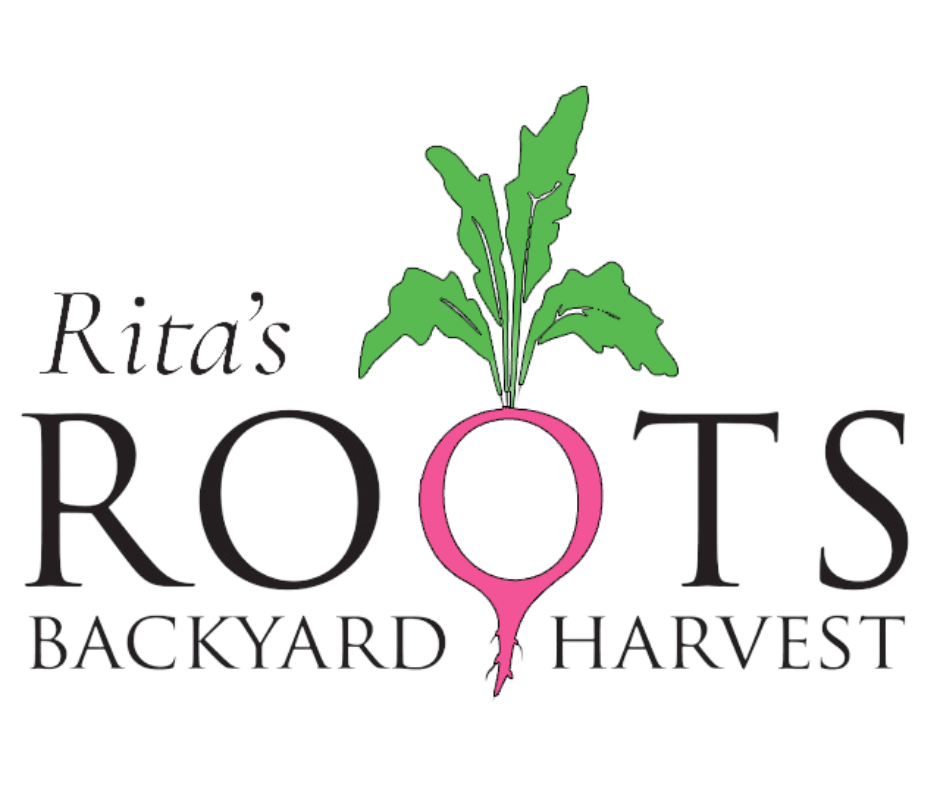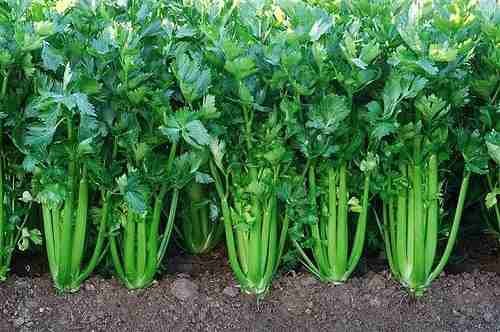Fall: The Best Time to Garden in the Lowcountry
People tend to associate Spring with gardening, but at Rita’s Roots Fall is hands-down our favorite season for vegetable gardening in the Lowcountry.
We always encourage new gardeners to begin in late September, and not just because the cooler temperatures bring a welcome relief from the smouldering heat and humidity of summer. Though that may be a good enough reason!
#1. FALL BRINGS MILD TEMPERATURES + A LONG GROWING SEASON
As August rolls into September and the kids head back to school, everyone’s ready for a fresh start. Your garden needs it too.
Our summer gardens often look pretty tired by late August, with leaves desiccated by pests, overgrown vines extending past the garden box and plants that have gone to seed.
Cleaning up the garden and amending the soil creates a clean slate, a blank canvas. So much hope and optimism lies in that pile of soil. We pour through seed catalogs and imagine all that may grow there in the months ahead.
We recommend that you amend the soil with 2″ compost to add organic matter and microbes to the soil. Always use all purpose fertilizer when planting. Fertilizer adds a concentration of essential plant nutrients – nitrogen, phosphorous and potassium. We typically add 2 tbsp fertilizer to each planting hole.
Now you’re ready to plant all those seeds and seedlings. Technically, you can begin to plant at the beginning of September. But we have found through experience that it is wise to wait until the end of the month. By then the threat of hurricanes and tropical storms have (mostly) passed.
And your Fall garden benefits from our mild temperatures, allowing you to grow throughout the winter.
#2. FALL BRINGS FEWER PESTS/DISEASES, SO SUCCESS IS EASIER IN AN ORGANIC GARDEN
Gardening is not a build-it-and-forget-it activity. You’ll have the most success when you are fully present in your garden and visit it daily.
Cooler temperatures make that easier too. On your garden walks, you can:
Scout for pests by scanning your plants and inspecting the undersides of your leaves.
Put your hands in the soil and grab a fistful in your hands. If it crumbles, your garden needs more water.
Remove any weeds and brown or yellowed leaves.
The insects and diseases that thrive in the summer’s intense heat and humidity ease up in the Fall, making it easier to manage with organic methods.
If you spot a few “bad bugs,” we recommend squishing them with your fingers or putting a dish of soapy water under the plant and tapping the plant so that they drop in the bowl.
For larger infestations, we like Neem, Regalia, Actinovate, Thyme Guard, Copper, Serenade.
Arbico Organics has most of these in a home garden size.
Follow directions precisely on the label.
For more information about identifying the good bugs and bad bugs, check out our Pest Guide. (Include download)
With fewer threats, plants establish easily and grow abundantly.
#3. FALL IS OUR FAVORITE BECAUSE OF THE FRUITS + VEGETABLES AVAILABLE
Another benefit of Fall gardening: the plants, of course!!!
Vegetables such as lettuce, parsley, collard greens and fennel are so hardy that even novice gardeners can feel instant success.
Fall is a repeat of the cool season Spring, but we add in:
Onions and Garlic (October/November planting)– super cold hardy, we plant short day varieties. They need long cool winters to develop a strong root system.
Strawberries (Mid-October planting) — Everyone’s favorite!
Collards — packed full of vitamins and taste great in stir-fries. These hearty greens taste best after frost exposure.
Brussels sprouts — a vegetable favorite of many of our garden clients. While they do take a long time to grow, they are worth the wait! We only plant in the Fall. There are many different varieties of Brussels that have different climate needs and maturation times. It is best to visit Rita’s Roots Fall Plant Sales to get a variety that was chosen specifically for growth in the Lowcountry.
Celery – Need long, cool winters to produce. The heat of Spring planting causes them to become stunted, bitter tasting, or sprout to not form.
Spinach + Cilantro (October planting) – hold far better in cooler weather, which offers the gardener a much longer growing season.
All of the above can be planted in Late September unless otherwise noted.
Please don’t rely on what you see at the big box stores. Box stores are not tailoring their selections to what grows well in our areas. Sometimes those plants will work and sometimes they won’t.
More often than not, they are not the correct varieties for our area. So you really want to stick to the local nurseries here or nursery catalogs that are tailored to our growing season.
At Rita’s Roots, we take pride in knowing the planting calendar and understanding which varieties grow best WHEN here in the Lowcountry.
We use the USDA designation of 8b/9a planting zone as our guide. Over the last 10 years we’ve experimented, even pushed the boundaries a bit and closely observed how plants perform in our client gardens from Summerville to Sullivan’s Island to Johns Island.
Even in the Upstate of South Carolina, the planting calendar is different. That’s why seasoned gardeners turn to us when they move to the Lowcountry. Often all you knew about the planting calendar is turned upside down.

